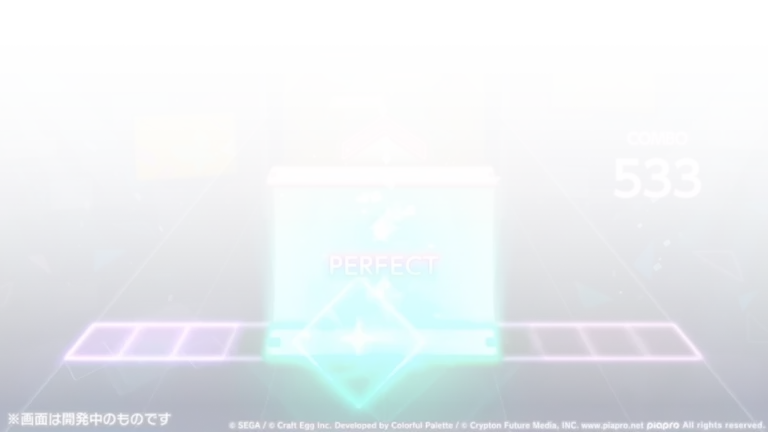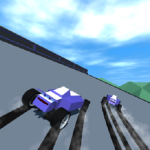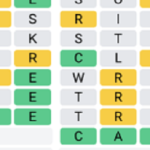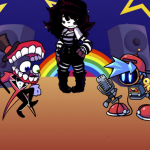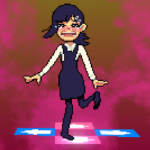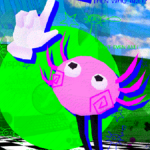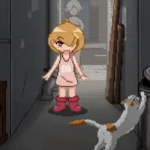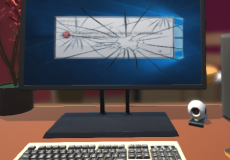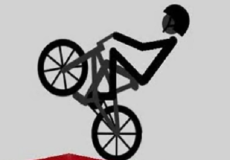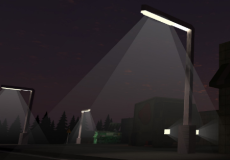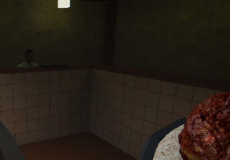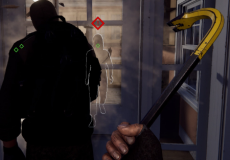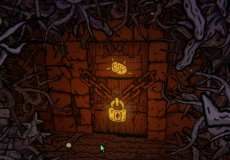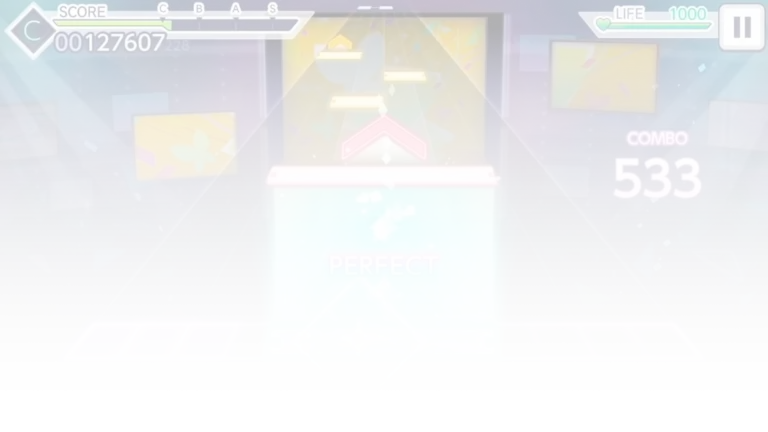
The House 3
Advertisement
The House 3 is a short psychological horror game built around simple point-and-click mechanics. Players are placed inside a deserted house where each room tells a part of a hidden story. The game progresses by clicking on objects within a fixed scene until a sequence of events is triggered. Each interaction alters the environment slightly—text appears, images change, and sounds emerge—gradually increasing tension. There are no traditional puzzles, inventory systems, or movement options. The experience is passive but designed to be unsettling.
Advertisement
Similiar games
The House 3 is a short psychological horror game built around simple point-and-click mechanics. Players are placed inside a deserted house where each room tells a part of a hidden story. The game progresses by clicking on objects within a fixed scene until a sequence of events is triggered. Each interaction alters the environment slightly—text appears, images change, and sounds emerge—gradually increasing tension. There are no traditional puzzles, inventory systems, or movement options. The experience is passive but designed to be unsettling.
Room Sequences and Player Role
The house is divided into several rooms, each acting as a separate level. Players do not control a visible character but instead observe and influence the environment by interacting with items such as photos, light switches, or documents. Often, the same object must be clicked multiple times to initiate progress. The game provides no instructions or visual cues, leaving players to experiment and discover what triggers the next event. Movement to the next room only becomes possible after a full sequence has played out.
Mechanics and User Interaction
The House 3 uses a minimal interface and static visuals to create a sense of confinement. Sounds such as whispers, doors creaking, or heartbeats play a central role in creating discomfort. The pace is intentionally slow, with players required to wait or repeat actions. Each event is scripted and must occur in a fixed order, which gives the game its linear progression.
Main components of the gameplay include:
· Clicking on fixed objects to reveal hidden sequences
· No inventory, character movement, or dialogue choices
· Text-based narrative fragments embedded in the environment
· Sound-driven tension without jumpscares
· A room-by-room format with structured progression
Narrative Delivery and Mood
Instead of offering direct exposition, The House 3 presents fragmented scenes that imply a larger backstory. Notes, family photos, and supernatural elements suggest past trauma and unresolved events. The story is not fully explained but is hinted at through atmosphere and detail. Each room adds to the narrative tension, ending in a climactic moment that signals transition to the next.
The House 3 focuses on control through limitation. By removing conventional gameplay elements, it forces the player to observe, wait, and absorb details. Its method of storytelling relies entirely on interaction, repetition, and discomfort. The game creates a linear but immersive experience that encourages players to uncover meaning through small, deliberate acts.
Discuss The House 3
